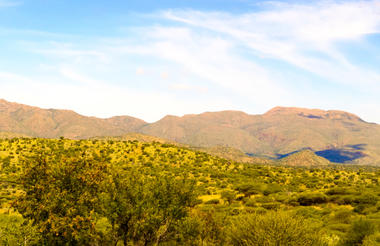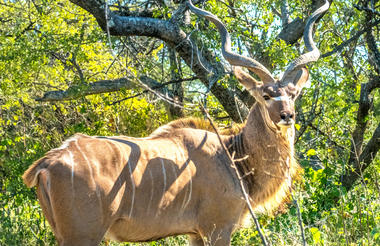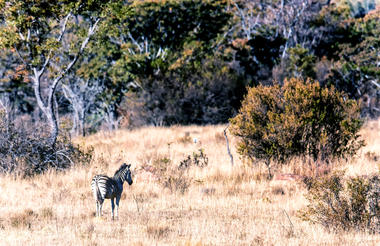Located just south of the boundary of Etosha National Park in northwestern Namibia, Etosha South makes up the southern region of this wild paradise. The area is comprised of a collection of world class private game reserves. The national park can be accessed via the southern entrance at Andersson’s Gate. Visitors can catch a glimpse of a variety of wildlife including: lion, giraffe, elephant, white and black rhino, and a multitude of plains game. Popular activities include: enjoying an open 4x4 safari with an expert guide, half day or full day drives with the option of a picnic lunch with wine on the full day game drive.
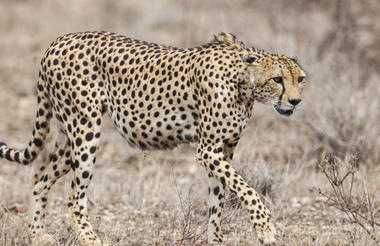

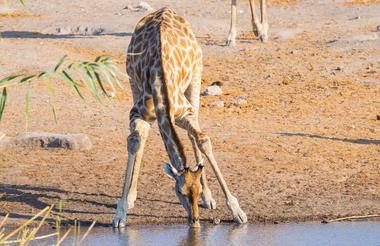
Located in Northwestern Namibia, Etosha East is a protected sanctuary in the eastern part of the world-renowned Etosha National Park, known as one of the most accessible game reserves in Southern Africa. Etosha East boasts vast open plains scattered with semi-arid savannah grasslands dotted with watering holes and secluded bush camps. An impressive 5000-square-kilometre Etosha salt pan makes up a large area of the eastern side of the park and can even be seen from space. This remote area teems with abundant wildlife such as lions, elephants, black rhinos and giraffes, as well as a variety of birdlife featuring flamingos, ostriches, eagles, hornbills, and owls.
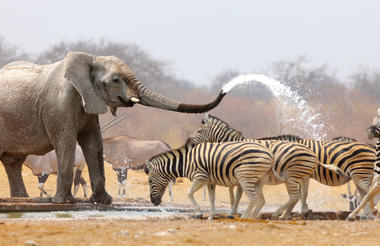
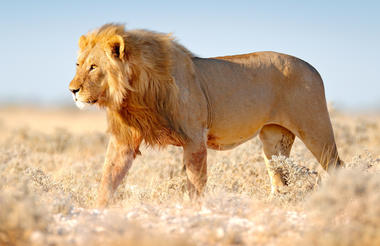
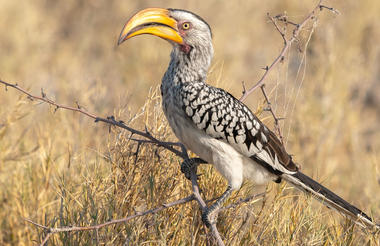
This small town in the Southern Kunene Region of Namibia was once the capital of Damaraland and is home to around 6000 inhabitants, most of whom are from the Damara ethnic group. While the tiny town itself provides travel necessities at the local supermarket, bank, and petrol station, the surrounding area is a nature lover’s paradise with a variety of tourist attractions including the bizarre Welwitschia mirabilis at Burnt Mountain, rare stone formations, the petrified forest, ancient rock engravings and as well as many fascinating geological phenomena (make sure to see the 'Organ Pipes'). Khorixas is the epitome of a Namibian rural town. It marches to a slow African rhythm and its wonderfully friendly locals offer a warm welcome to all guests.



Set along Namibia's spectacularly scenic coast, the seaside town of Swakopmund is known for its wide-open avenues, colonial architecture, and is surrounded by otherworldly desert terrain. Founded in 1892 as the main harbour for German South West Africa, Swakopmund is often described as being more German than Germany. Now a seaside resort town, Swakopmund is the capital of the Skeleton Coast tourism area and has plenty to keep visitors happy. The quirky mix of German and Namibian influences, adventure options, laidback atmosphere and cool sea breeze make it very popular Namibian destination. Visitors can look forward to a number of exciting activities including: quad biking, horse riding, paragliding, fishing, sightseeing and fascinating desert tours.
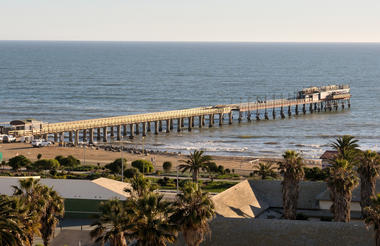
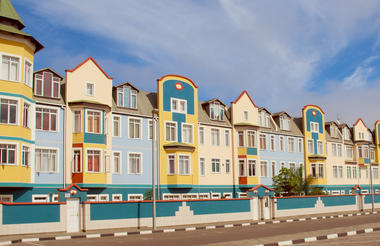
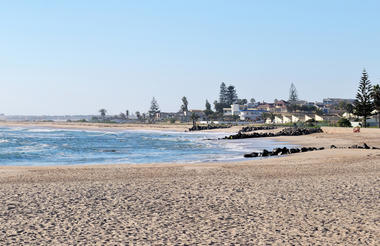
As there is no accommodation at Sossusvlei, visitors to this desert wilderness are likely to end up staying at Sesriem, 65 kilometres away, where camps and lodges serve as a base from which to explore the dunes. Sesriem Canyon, a deep chasm carved through the rocks by water, is a striking natural feature of the area that is best explored on foot. Stony walls rise up sharply on both sides of the canyon, while birds roost in its crags and lizards dart along the ledges. The canyon’s name was coined when early settlers used it as a water source, using six lengths of leather (‘ses riem – six thongs) tied together to lower buckets into the water at the base of canyon.)

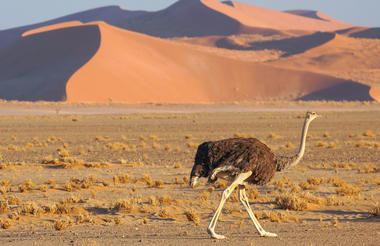
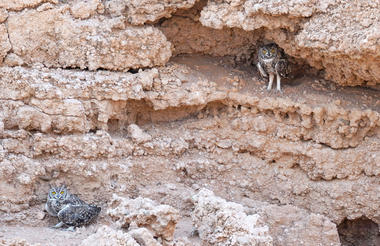
Set on the edge of the Swartrand escarpment and serving as a popular stopover for visitors travelling to Sossusvlei and the Duwisib Castle, the village of Maltahohe was established when the District Commissioner of 1899 decided that an outpost further west of the vast, Central Namibian district was required. Maltahohe is home to the oldest hotel in the country, equipped with its original bar and serves as an excellent base from which to explore the scenic surrounding area including a local farm 35 kilometres north of the town that has an 800-hectare shallow pan that, after flooding, is carpeted by a blanket of colourful lilies for about a week before they are devoured by elephant-nosed beetles. Visitors can also look forward to viewing the imposing Dutch Reformed Church in the heart of the village, watching a concert by the local Ama Buruxa choir group, and enjoy a hearty traditional meal. Maltahohe is the perfect spot to take a breather from the road and stock up on supplies before heading off again.



Spreading across Botswana, South Africa and Namibia, the Kalahari meaning 'the great thirst' is an exceptionally beautiful living desert. The landscape is characterised by a large semi-arid sandy savannah draped over a gently rolling inland sea of sand covering most of Botswana and large parts of Namibia and South Africa. It is also the last bastion of the indigenous San people with the modern world having enveloped all the other areas they once roamed. The Namibian portion is made up of red sands covered in thin, wispy, mostly golden grass and dotted with acacia trees and wide-ranging wildlife including gemsbok, impala, jackals and cheetah.
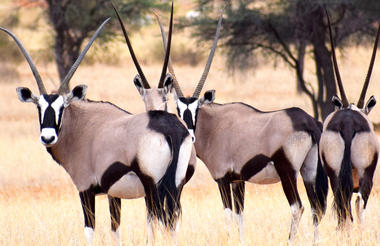
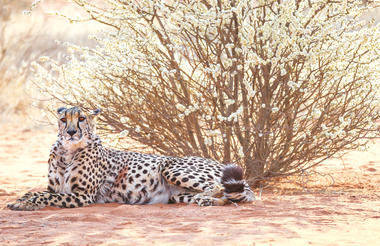

Windhoek, the capital of Namibia, is encircled by magnificent mountains, expansive valleys, fertile farmlands, lodges and luxury guest farms. The landscape of the Greater Windhoek area surrounding this bustling city is characterised by vast valleys, thick scrub, rocky hills, and covered in golden savannah. Visitors can explore the dry river beds and mountainous scrublands, as well as enjoy birding, leopard-spotting and view large quantities of wildlife in the north; visit the more arid eastern part with its olive, potato and date plantations; explore the rolling hills of the Khomas Hochland Mountains in the west of the Greater Windhoek area and soak up the epic views along a number of scenic passes leading off the high plateau including: Bosua Pass, Gamsberg Pass and Spreetshoogte Pass.
